Reviewed by Julianne Ngirngir
Apple's journey in China feels like watching a tech giant play a particularly high-stakes game of chess—one where the rules keep changing and the competition doesn't play fair. After enduring what can only be described as a brutal two-year losing streak, Counterpoint Research just dropped some surprisingly good news: iPhone sales jumped 8% year-over-year in Q2 2025, marking Apple's first quarterly growth in China since Q2 2023.
What you need to know:
iPhone sales in China rose 8% YoY in Q2 2025—first growth in two years
Apple slashed iPhone 16 Pro prices by over 30% during May's 618 shopping festival
Despite the rebound, Apple still sits in fifth place in China's smartphone rankings
Government subsidies and strategic pricing finally moved the needle for Apple
Here's the kicker: this turnaround represents Apple's first strategic capitulation to China's discount-driven retail reality. The company that built its reputation on premium pricing just proved it can win—but only by abandoning the very positioning that made it valuable in the first place.
When discounting becomes survival strategy
Let's break down just how aggressive Apple got with pricing. During May's 618 shopping festival, Chinese e-commerce platforms offered discounts of up to 2,530 yuan ($351) on iPhone 16 models. That's not a typo—the iPhone 16 Pro with 128GB dropped from 7,999 yuan to 5,469 yuan on JD.com.
To put that in perspective, Apple was essentially selling flagship phones at mid-range prices. The company that built its reputation on premium positioning suddenly found itself competing dollar-for-dollar with Xiaomi and Honor.
These price cuts represented just one layer of Apple's multi-pronged value offensive. Trade-in credits for older iPhones were increased to incentivize upgrades, while Apple participated in China's national subsidy program—something Tim Cook specifically mentioned covers smartphones, tablets, PCs, and smartwatches priced under 6,000 yuan. The subsidy caps at 500 yuan per device, but when stacked with Apple's own price cuts, it created compound savings that Chinese consumers couldn't ignore.
Counterpoint's Ethan Qi noted that "Apple's adjustment of iPhone prices in May was well timed and well received, coming a week ahead of the 618 shopping festival." Translation: Apple finally learned to play by China's discount-heavy retail calendar instead of imposing its own premium timing.
The competition that forced Apple's hand
Understanding Apple's pricing capitulation requires examining the competitive avalanche that buried its premium strategy. Huawei reclaimed China's top smartphone spot in Q2 2025 with 18% market share, growing 12% year-over-year while Apple managed just 10.1 million units—enough for fifth place but a far cry from its former dominance.
The pressure intensified throughout 2024. During Q1 2024, Apple suffered a devastating 25% year-over-year decline while Huawei posted explosive 70% growth. That's the kind of market share obliteration that forces emergency board meetings and strategic pivots.
Chinese brands didn't just compete on price—they evolved into genuine flagship competitors. Canalys analyst Lucas Zhong explained that "Chinese vendors' strategies for high-end products and their deep collaboration with local supply chains are starting to pay off in hardware and software features." Honor's Magic V3 foldable leverages generative AI capabilities while Apple's still waiting for regulatory approval to launch Apple Intelligence in China.
This isn't the cheap-phone competition Apple faced a decade ago. Today's Chinese brands deliver sophisticated hardware, AI-powered software experiences, and premium build quality—all while maintaining aggressive pricing that makes Apple's traditional premium positioning look increasingly untenable.
Why this rebound might not last
Here's where the victory celebration hits reality: Apple's Q2 2025 growth came at the expense of everything that makes Apple valuable. When you're discounting flagship phones by 30%+ to drive sales, you're essentially trading brand equity for market share volume. That's not a sustainable long-term strategy for a company whose $73 billion Greater China revenue depends on premium margins.
Counterpoint analysts warn that Apple's Q2 growth "may not persist into the second half of the year." The factors that enabled this rebound—aggressive 618 festival pricing and government subsidies—represent temporary market conditions, not permanent structural advantages.
More fundamentally, Apple faces what amounts to a strategic paradox in China. The company's traditional approach of maintaining "healthy inventory levels" and protecting "margins of channel partners" assumes premium brand positioning. But in China's hyper-competitive smartphone market, where Gen AI-capable devices will capture 12% of shipments in 2024—ahead of the global 9% average—Apple's AI absence becomes a critical handicap.
The Apple Intelligence regulatory bottleneck compounds this challenge. Cook acknowledged that "in markets where we had rolled out Apple Intelligence, the year-over-year performance on the iPhone 16 family was stronger than those markets where we had not rolled out Apple Intelligence." China falls squarely in the "have not" category, with no clear timeline for regulatory approval—meaning Apple must compete on hardware and pricing alone while Chinese brands integrate AI experiences that justify premium pricing.
The bigger picture: What this means for Apple's China strategy
Apple's Q2 2025 rebound represents more than quarterly sales recovery—it signals a fundamental strategic recalibration. For years, the company maintained premium pricing in China even as local competitors gained ground through innovation and aggressive positioning. The recent discounting marks Apple's acknowledgment that its global premium strategy requires local adaptation to survive.
China remains crucial to Apple's global business, accounting for about 19% of total revenue as of 2023. With Greater China generating $73 billion across fiscal 2023, this isn't a market Apple can afford to lose while hoping regulatory conditions improve.
The challenge extends beyond pricing to fundamental market dynamics. Chinese consumers increasingly expect AI-powered experiences, 5G integration, and features tailored to local preferences. Apple's historical approach of delivering global products with minimal localization worked when it maintained technology leadership. Today's Chinese smartphone market demands both competitive pricing and localized innovation—a combination that challenges Apple's entire business model.
What happens next: The test of sustainability
Apple's fiscal Q3 earnings, covering precisely the April-June period of this rebound, provided crucial insight into whether aggressive pricing can deliver acceptable profitability alongside volume growth. The bigger question is whether Apple can develop a sustainable China strategy that doesn't require choosing between brand equity and market share.
Looking ahead, Apple faces several converging challenges that will define its China trajectory. The company needs regulatory approval for Apple Intelligence, continued navigation of US-China trade tensions, and competition against increasingly sophisticated domestic brands—all while maintaining the premium positioning that justifies Apple's global valuation multiples.
Based on Counterpoint's data showing China as the "bright spot" where Apple captured the top spot in May, the discount strategy delivered immediate results. But as Chinese brands continue advancing their AI capabilities, premium hardware features, and local market understanding, Apple's pricing concessions may prove insufficient for sustained competition.
The Q2 2025 results demonstrate that Apple can still compete in China when it adapts to local market realities. The strategic question isn't whether Apple can win through discounting—the data proves it can. The question is whether victory through margin compression represents sustainable competitive advantage or merely expensive market share defense with diminishing returns.





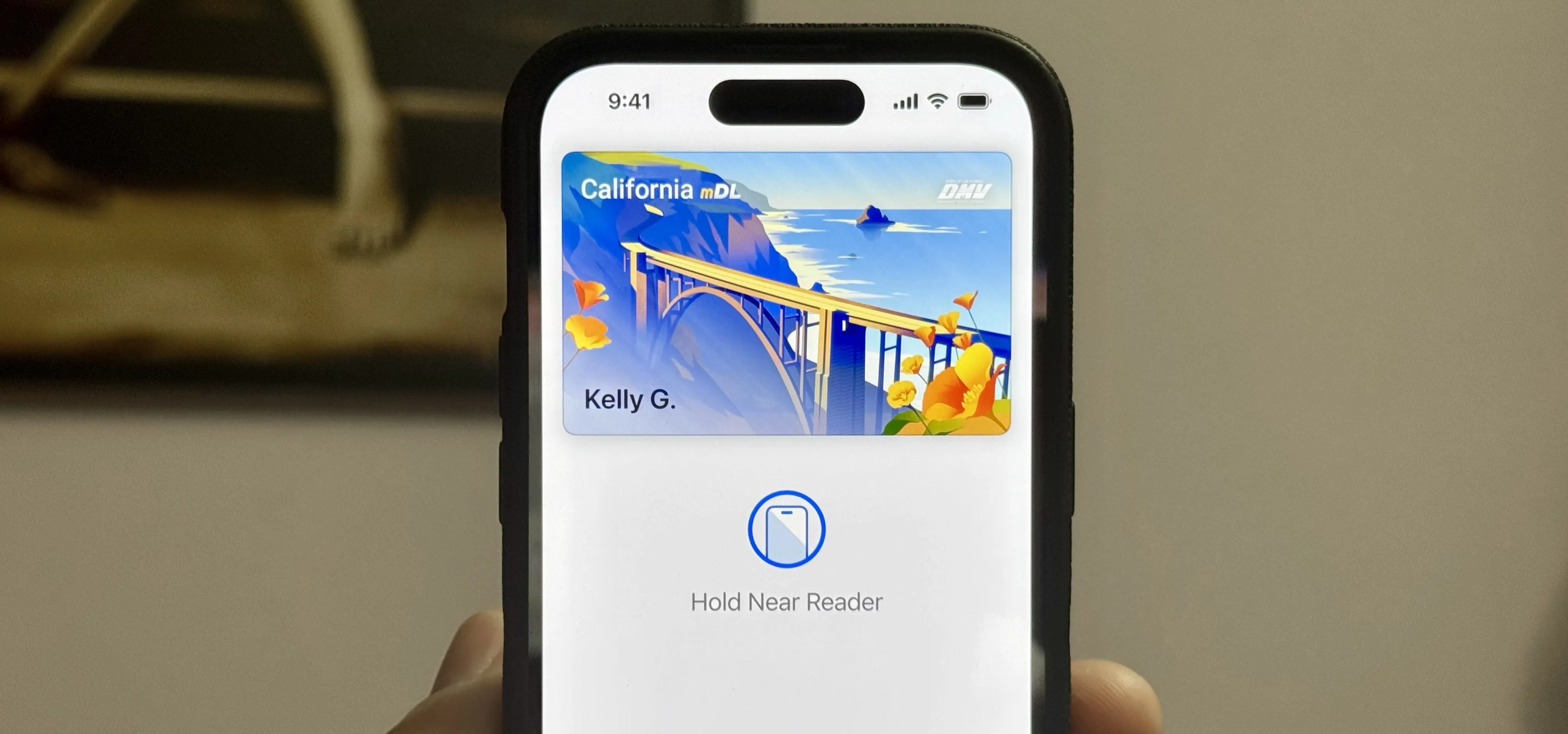
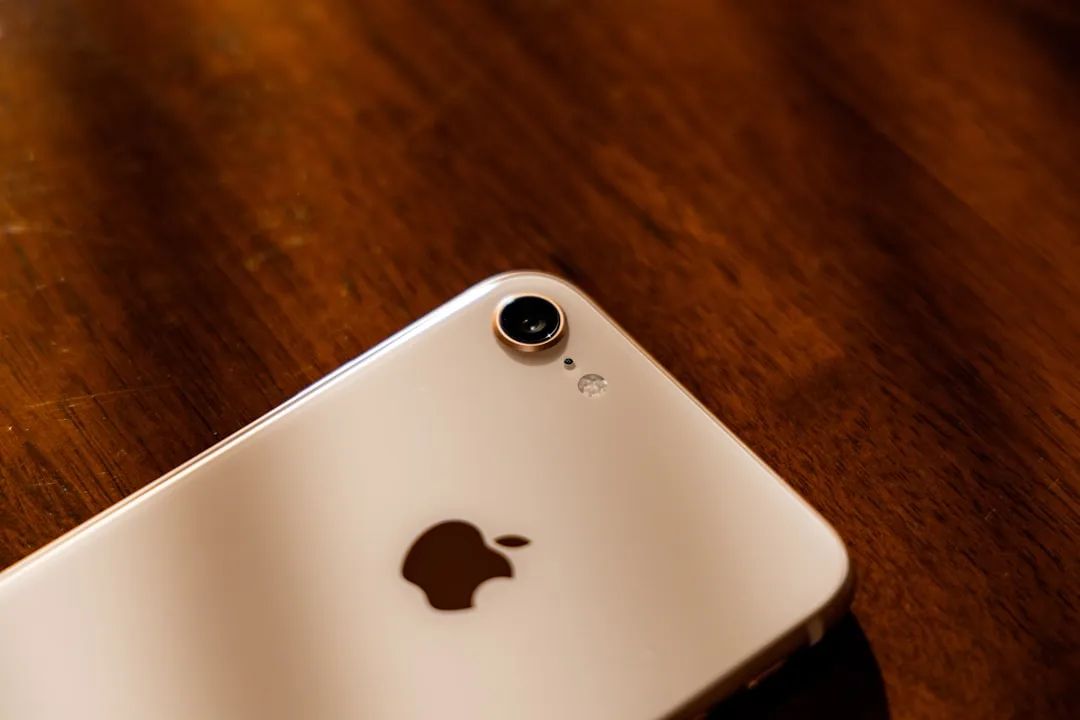

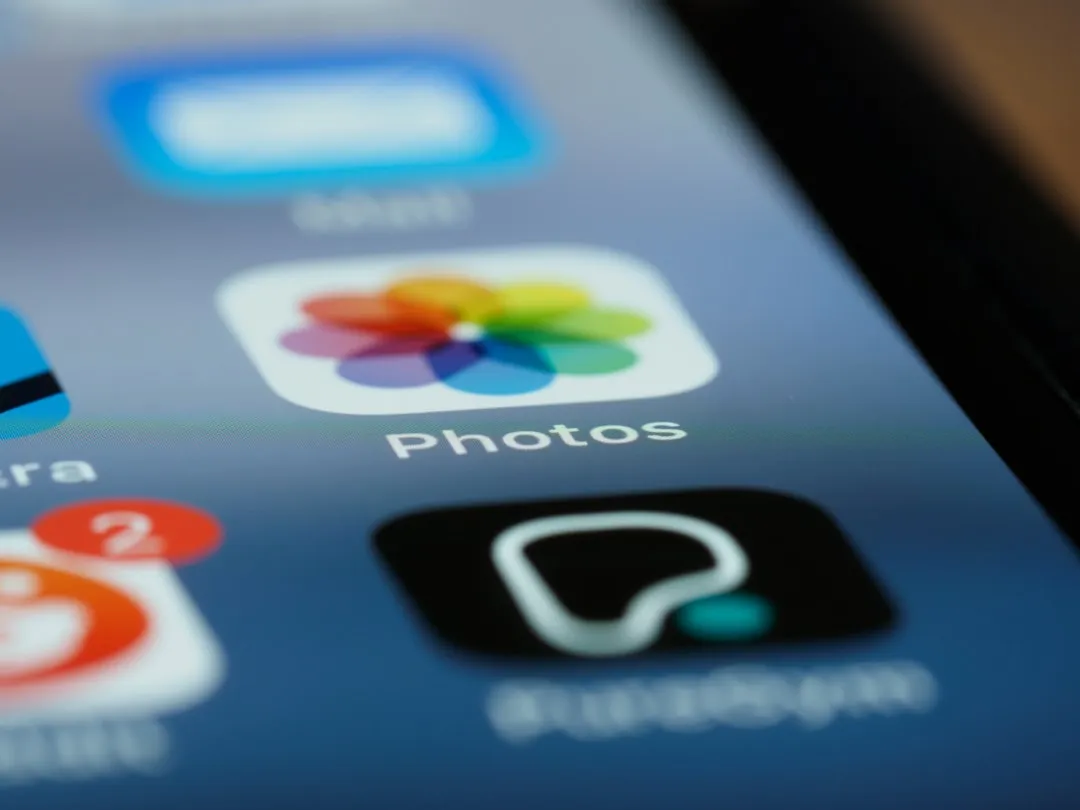
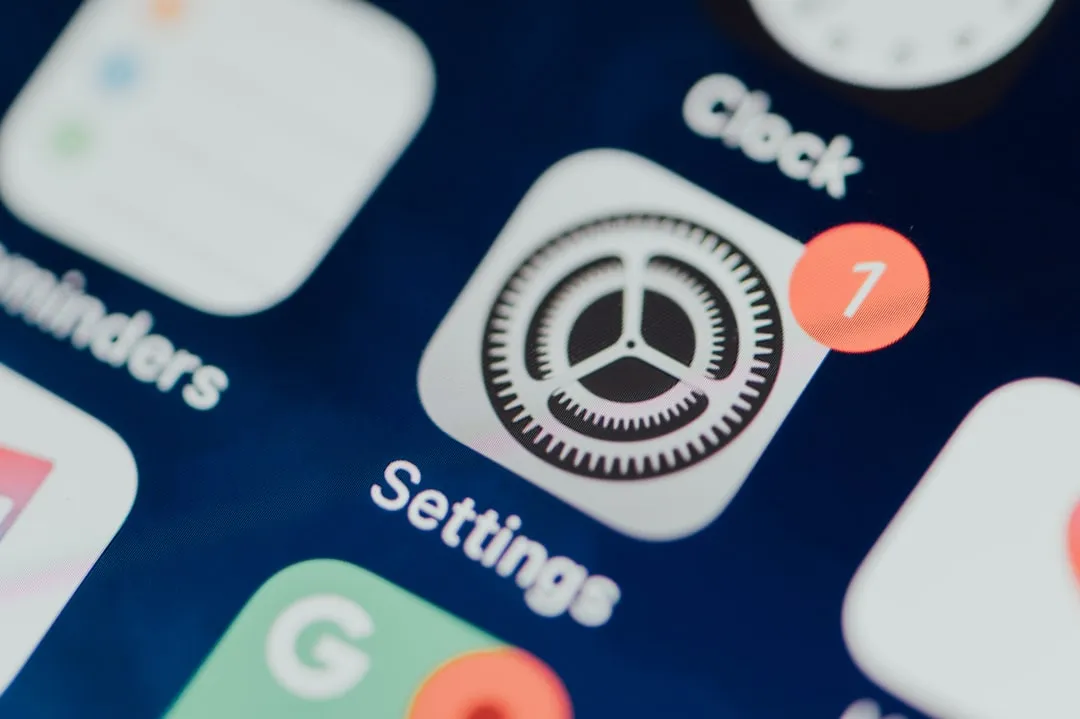


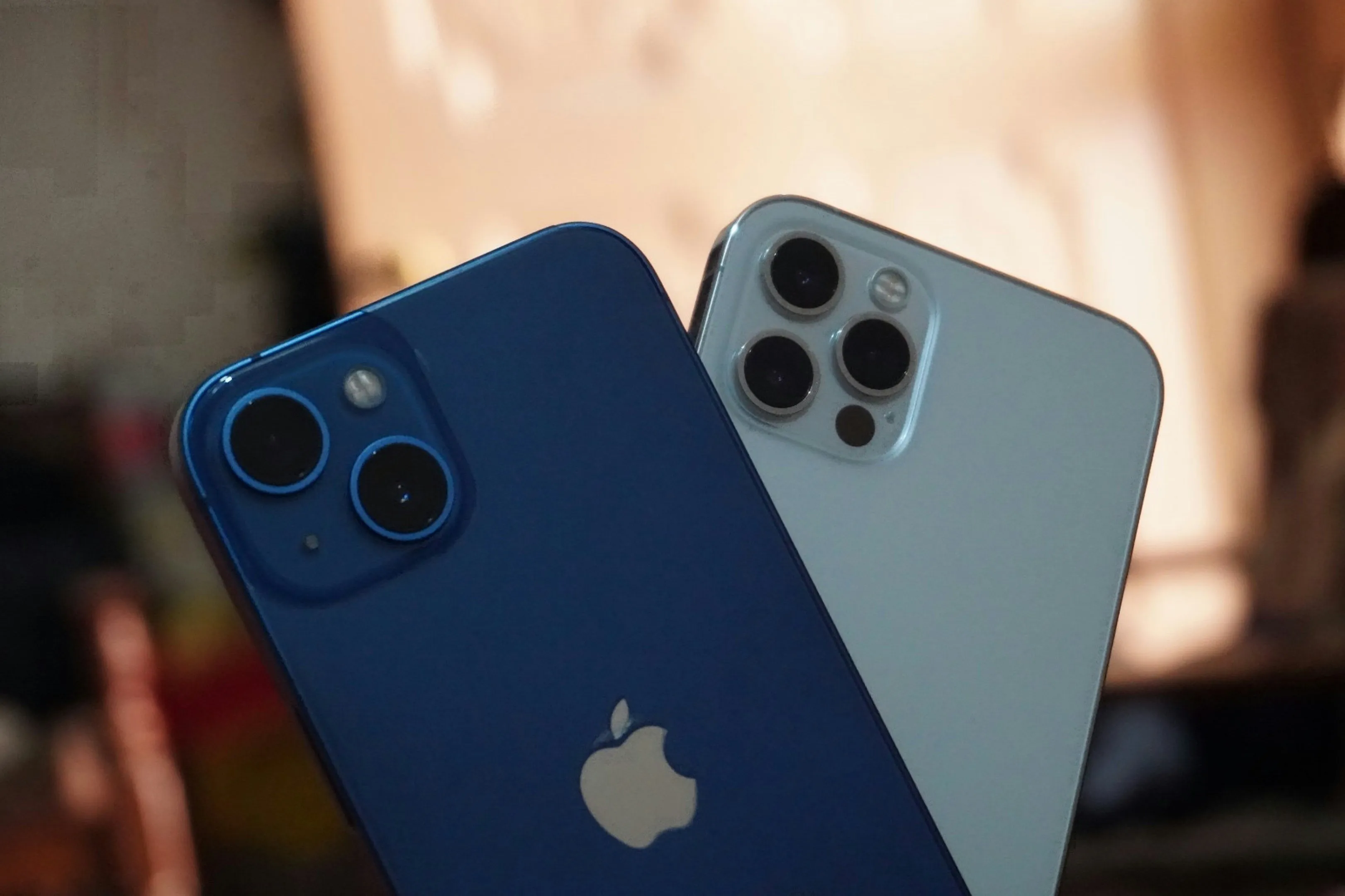



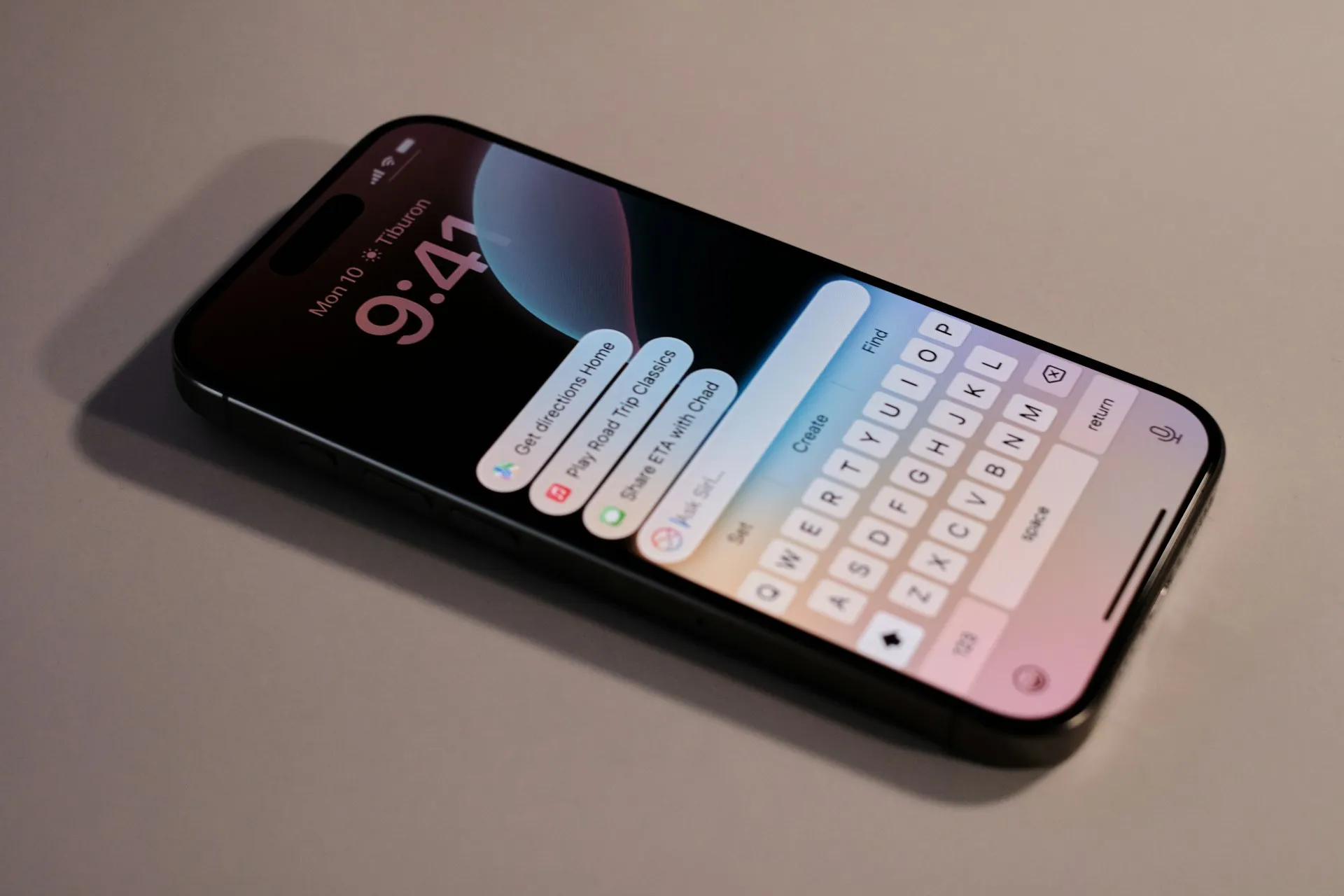


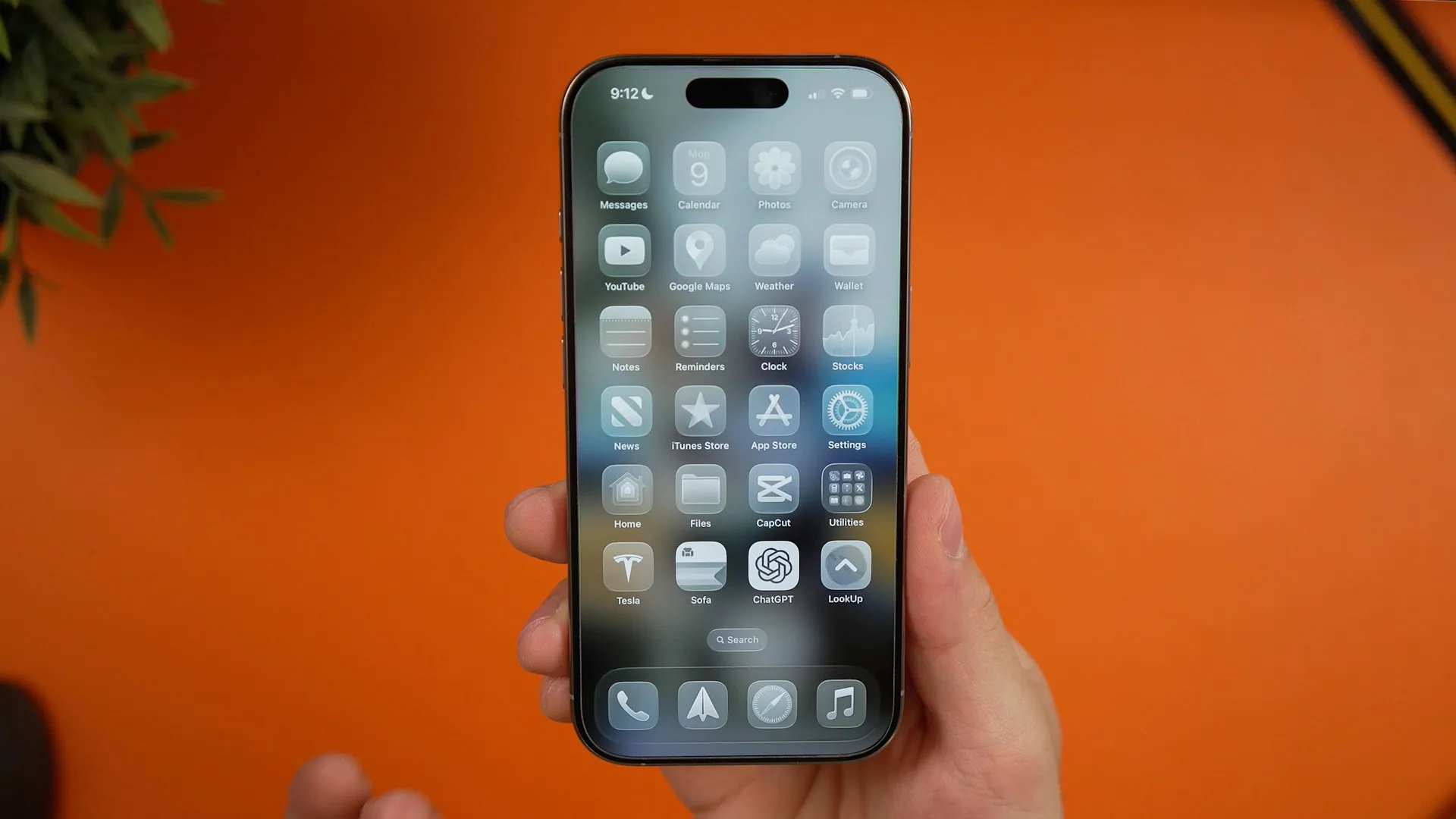
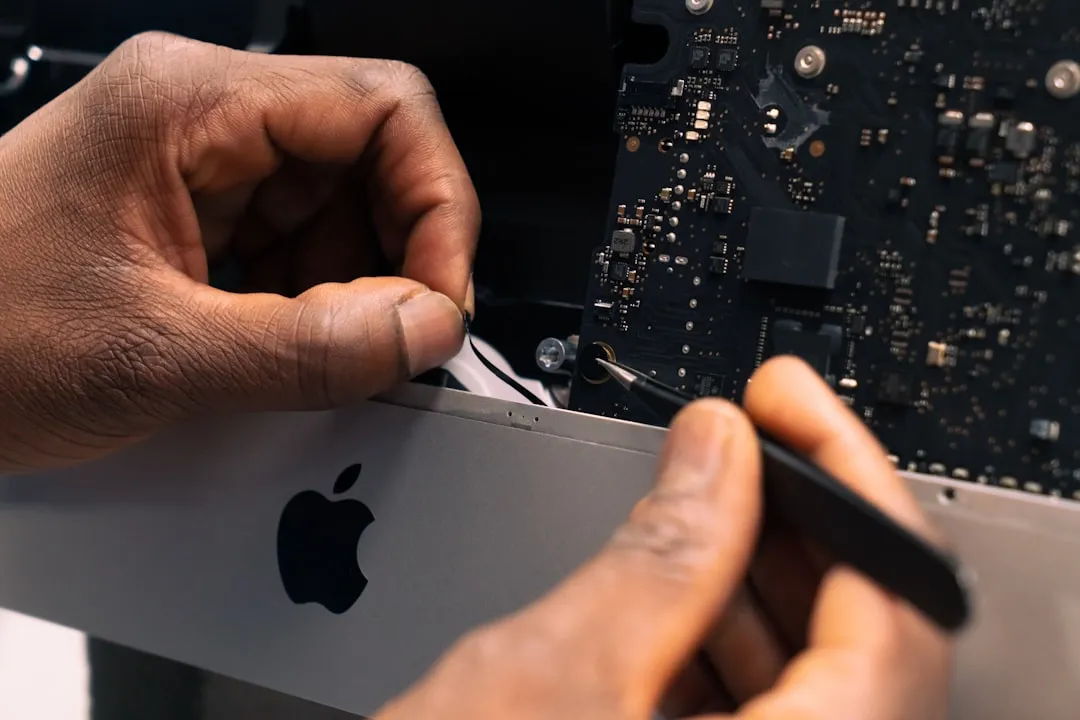
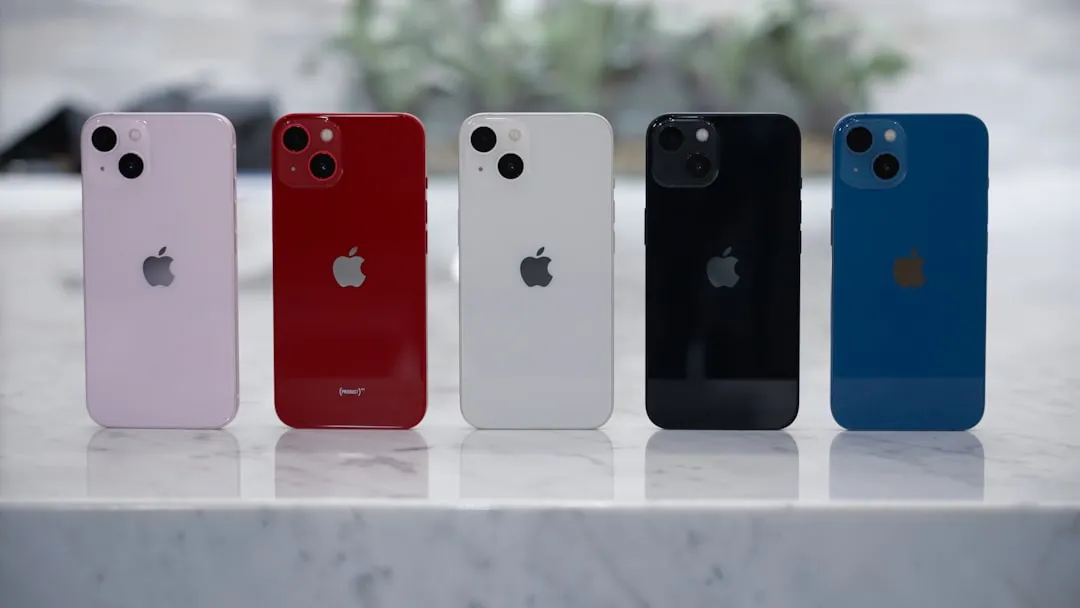
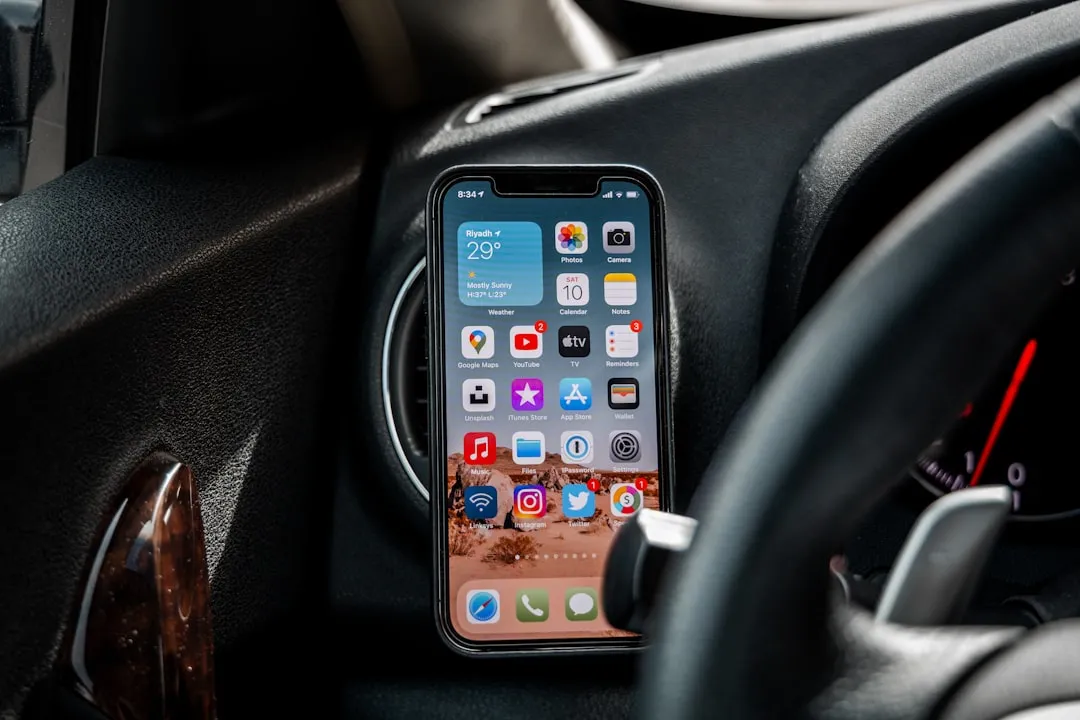


Comments
Be the first, drop a comment!